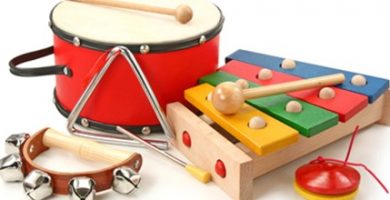Supporting Attention and Listening Skills in Young Children
What is attention and listening?
Attention and listening is being able to listen and focus on specific tasks or sounds. It can be a tricky skill for young children to learn, but underpins so much of their learning.
Good attention and listening skills help with:
- Social skills
- Understanding language
- Following instructions
- Learning to communicate
- Speech sounds/pronunciation
- All areas of learning and cognitive development
How can we help our children develop their attention and listening skills?
- Try to have some time each day when there are fewer distractions, e.g. turn off the television; have fewer toys out.
- Try to always be face to face with your child before giving them an instruction
- Use visual clues e.g. gestures, objects, pictures, to support what you are saying.
- Show your child what you mean by demonstrating, pointing, showing them an object.
- You can hold objects close to your face to encourage your child to make eye contact.
- Talk about how to do good listening: e.g. “let’s use our listening ears, and looking eyes and sit on our bottoms.”
- Give instructions in small steps – one piece of information at a time.
Activities to Encourage Listening to Sounds
- Collect items like empty tins, spoons, shiny paper, pans, bricks etc. Use them to make interesting noises and encourage your child to listen, e.g. crumpling paper, banging on a pan with a spoon, tapping sticks together etc.
- Encourage your child to copy the noises you make, e.g. bang a pan with a wooden spoon, shake a bell, rattle the keys.
- Encourage awareness of sounds by pointing out noises around the house or out and about e.g. telephone ringing, doorbell, telephone, birds tweeting, sirens etc.
- Using toy animals make the noises appropriate to each animal and encourage your child to make the noises too.
Activities to Encourage Listening to Instructions
“Ready, Steady, Go!” games – Encourage your child to wait until he hears “Go!” before doing something fun, e.g. rolling a ball, pushing a car, kicking a ball, knocking down a tower, jumping off a step, going down a slide.
Musical instruments – Using instruments encourage your child to make a noise. When you say “stop” she must stop making a noise and start again when you say “go”. If your child does not wait until you say “go” gently hold his hand until you are ready to start. When your child gets good at this you can make the game more complex by asking them to play the instrument, loud, quiet, fast, slow etc.
Musical Islands – Scatter some large pictures of familiar objects on the floor, e.g. cup, ball, fish etc. Scatter the pictures on the floor. Play some music while your child dances. When the music stops he must listen carefully to what you say. Say “where’s the ball?” etc. Your child has to jump onto the correct picture.



